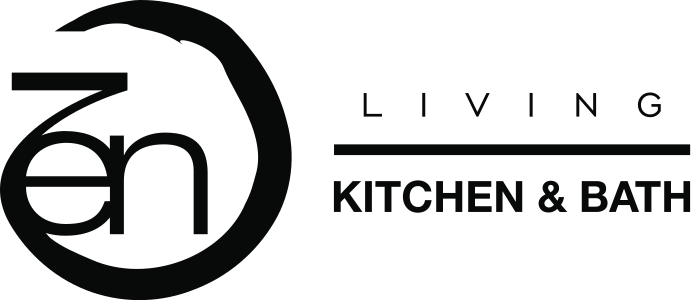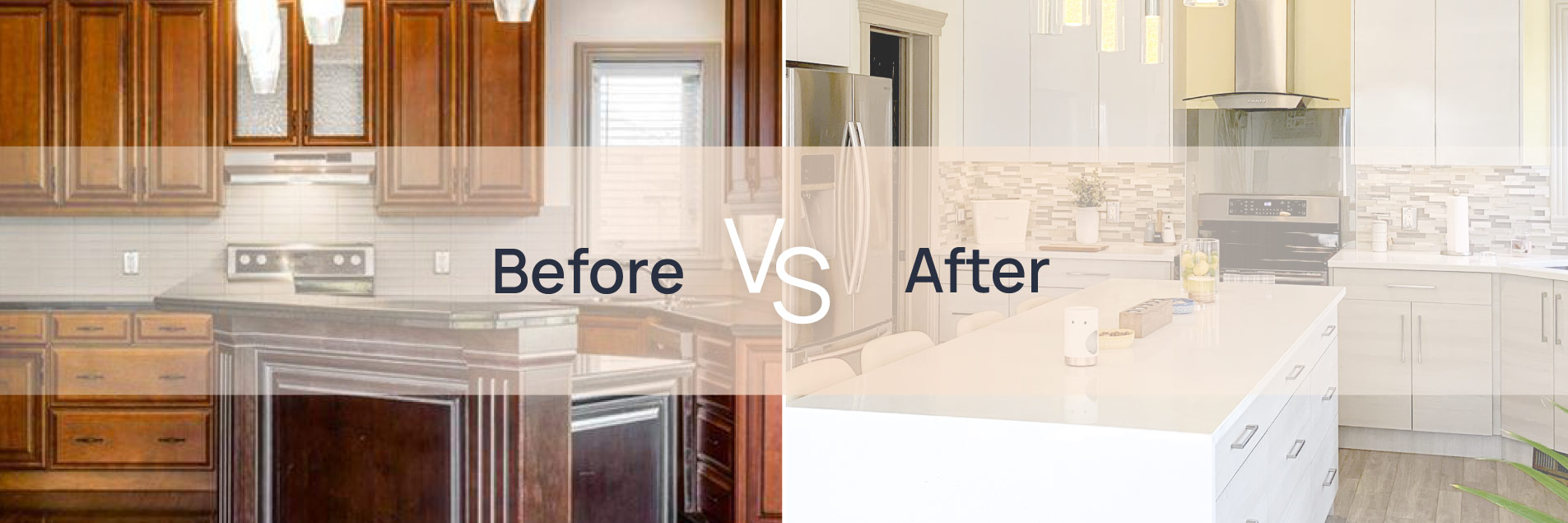Composition and Source
Quartz
Quartz, as a material for bathroom vanities, comes in two main forms: natural stone and engineered quartz.
Natural Stone
Natural quartz is a mineral found in the Earth’s crust, and it is one of the hardest and most abundant minerals. When used in bathroom vanities, natural quartz is typically quarried, cut into slabs, and polished to enhance its natural beauty.
Engineered Quartz
Engineered quartz, on the other hand, is a man-made product composed of natural quartz crystals combined with resin binders and pigments. This process results in a durable, non-porous material that offers a wide range of colours and patterns, making it a popular choice for modern bathroom vanities.
Solid Surface
Solid surface is a versatile and durable material made from acrylic, polyester resins, and pigments. Unlike quartz, which contains natural stone elements, solid surface is entirely man-made.
Man-Made Material
Solid surface materials are manufactured in controlled environments, allowing for consistency in colour, texture, and pattern. This man-made nature provides flexibility in design and enables seamless integration of sinks and backsplashes, creating a sleek and cohesive look for your bathroom vanity.
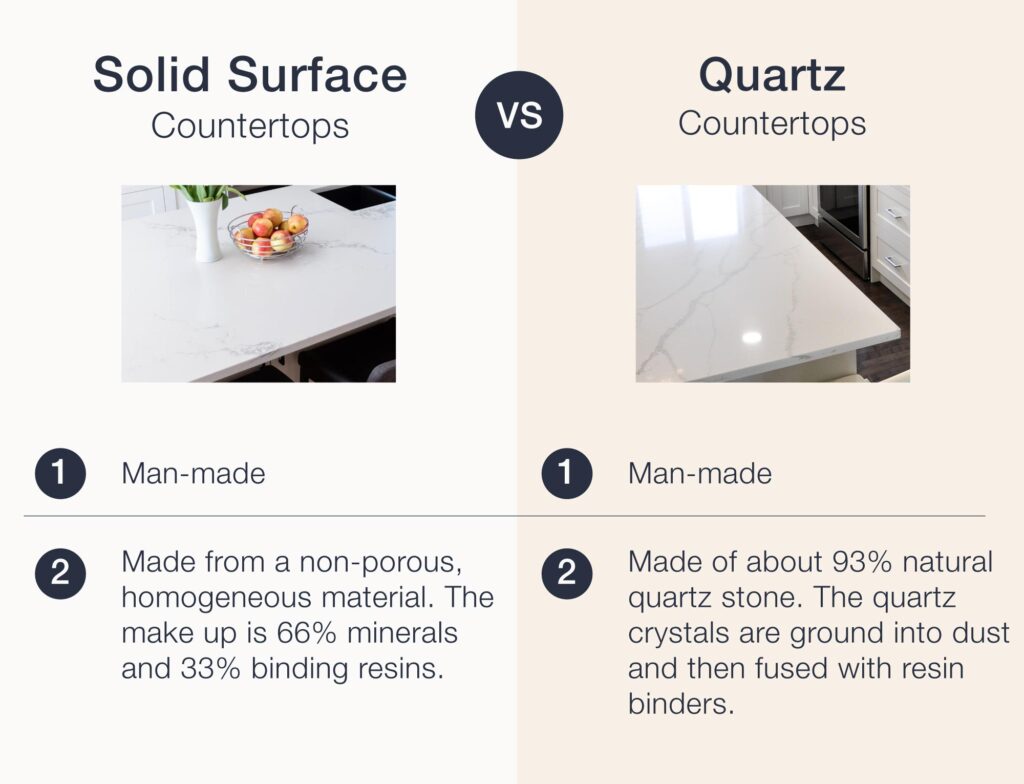
Appearance
Quartz
Quartz offers a distinctive appearance that combines natural beauty with consistency in colour and pattern.
Natural Look
Quartz, whether natural or engineered, provides a luxurious and natural aesthetic. The presence of natural quartz crystals in the material contributes to a unique and authentic look, reminiscent of natural stone. This aspect is particularly appealing for those who appreciate the elegance of genuine stone surfaces.
Colour and Pattern Consistency
One notable advantage of quartz is the predictability in colour and pattern. Engineered quartz allows for a wide range of customizable options, ensuring that you can choose a specific colour palette and pattern that suits your design preferences. This consistency is ideal for achieving a cohesive and harmonious look in your bathroom vanity.
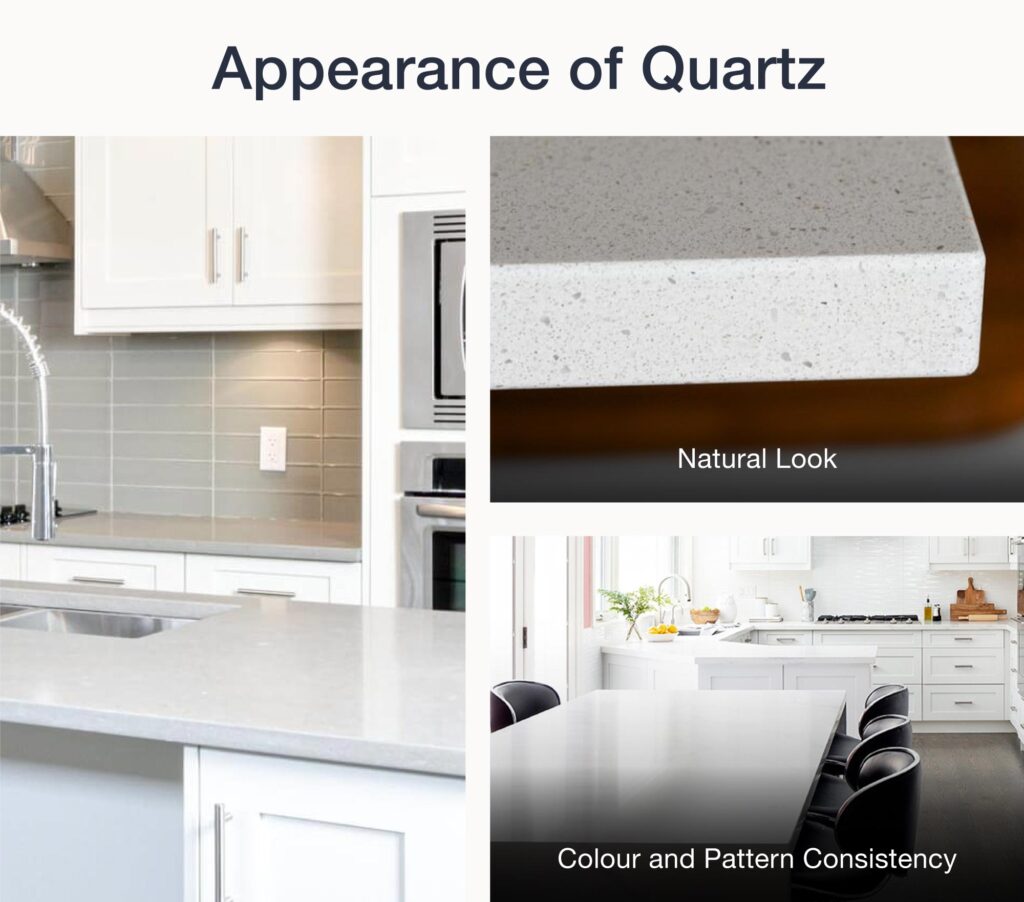
Solid Surface
Solid surface materials are renowned for their uniform appearance and customizable design options.
Uniform Appearance
Solid surface materials, being man-made, offer a consistent and uniform appearance throughout the entire surface. This uniformity is especially beneficial for those who prefer a seamless and homogeneous look for their bathroom vanity. The absence of natural variations adds a sleek and modern touch to the overall design.
Customizability
One of the standout features of solid surface materials is their high level of customizability. Manufacturers can easily manipulate the material during production, allowing for the integration of sinks and the creation of unique shapes and designs. This flexibility gives homeowners the freedom to express their creativity and achieve a personalized look for their bathroom vanity.
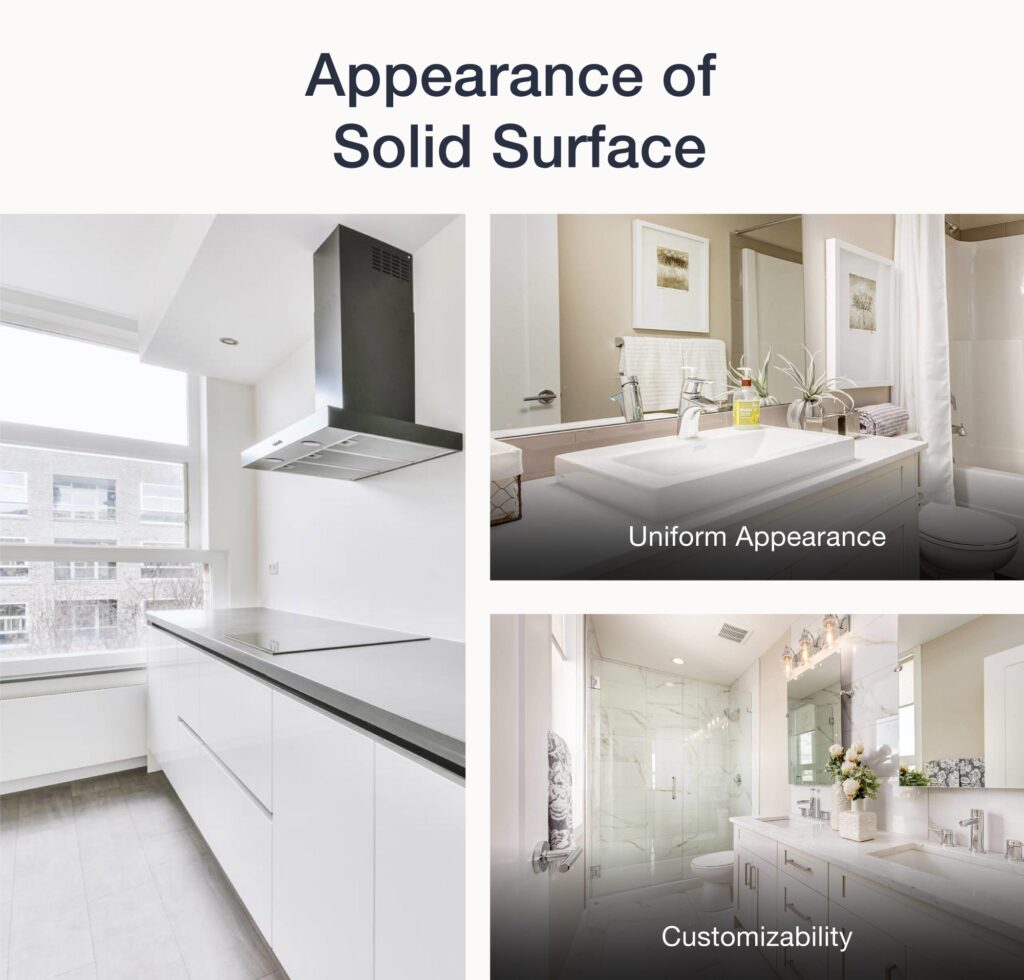
Read more: The Truth About Laminate Countertops In 3 Minutes
Durability and Maintenance
Quartz
Quartz stands out for its impressive durability and minimal maintenance requirements, making it a popular choice for bathroom vanities.
Hardness and Resistance
One of the key strengths of quartz lies in its hardness. Natural quartz is one of the hardest minerals, contributing to the material’s resistance against scratches and impacts. Engineered quartz, with added resins, enhances this hardness, making it exceptionally durable. This characteristic ensures that your quartz bathroom vanity can withstand daily use without showing signs of wear and tear.
Low Maintenance
Quartz requires minimal maintenance to keep its appearance intact. The non-porous nature of the material makes it resistant to stains from common bathroom products like makeup and hair dyes. Cleaning is straightforward, typically requiring only mild soap and water. This low-maintenance aspect makes quartz a practical and long-lasting choice for busy households.
Solid Surface
Solid surface materials also offer durability and unique maintenance advantages, catering to those seeking a resilient and easy-to-care-for bathroom vanity.
Scratch and Stain Resistance
Solid surface materials exhibit excellent scratch resistance, ensuring that your bathroom vanity maintains its smooth surface over time. The material’s composition makes it less susceptible to scratches from daily activities, making it an ideal option for high-traffic bathrooms. Additionally, solid surface is resistant to stains, simplifying the cleaning process and preserving the material’s appearance.
Repairability
One of the notable features of solid surface is its repairability. In the event of scratches, dents, or other minor damage, solid surface can often be repaired by sanding and buffing. This capability adds to the material’s overall longevity and makes it a practical choice for those who want a bathroom vanity that can be easily maintained and restored to its original condition.
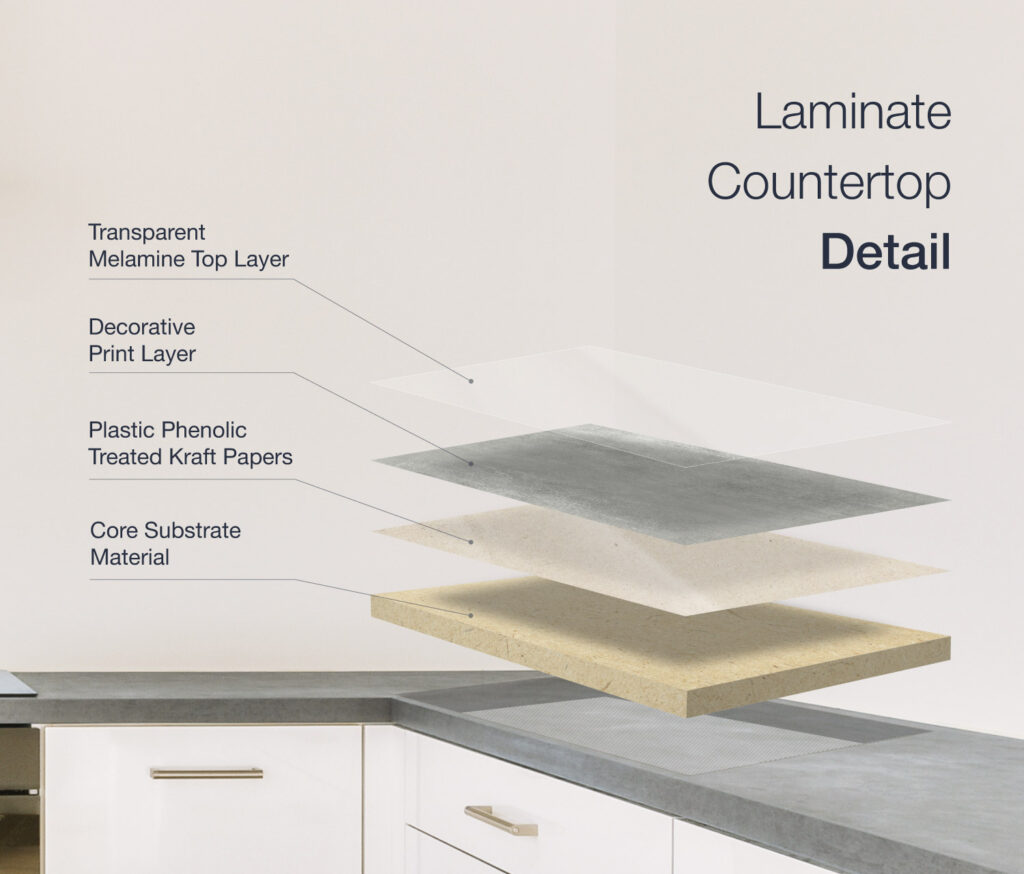
Heat Resistance
Quartz
While quartz is known for its durability, it has limitations when it comes to heat resistance.
Limited Heat Resistance
Quartz can be sensitive to high temperatures, and placing hot objects directly on the surface may cause damage such as discolouration or cracking. It’s essential to use trivets or hot pads to protect the quartz surface from direct contact with hot pans, curling irons, or other heated items. Taking precautions with heat exposure will help preserve the integrity of your quartz bathroom vanity over time.
Solid Surface
Solid surface materials offer a higher level of heat resistance compared to quartz.
Higher Heat Resistance
Solid surface materials are more tolerant of heat, making them suitable for areas where temperature fluctuations are common. While it’s still advisable to use protective measures like trivets for extremely hot items, solid surface materials are generally less prone to damage from brief exposure to high temperatures. This characteristic adds to the versatility of solid surface for bathroom vanities, providing homeowners with peace of mind in daily usage.
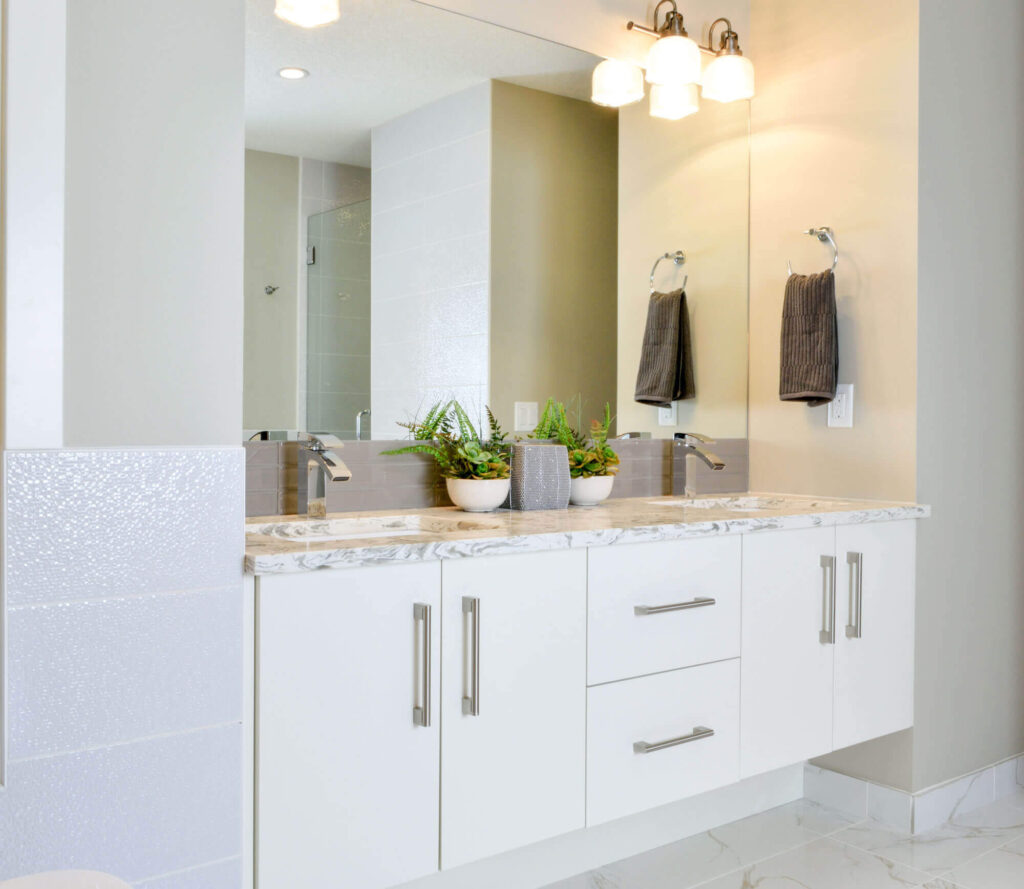
Cost
Quartz
Quartz is known for its luxurious appearance and durability, but these qualities often come with a higher price tag. Quartz countertops cost roughly the same as granite. They start at $40 per square foot at the lower end and can climb beyond $100 per square foot. All in (materials plus installation), you can expect to pay between $2,000 and $4,000. These quartz countertops prices for Canada are based on current estimates.
Read more: The Pros and Cons of Quartz Countertops
Solid Surface
For those looking for a budget-friendly option without compromising on style and functionality, solid surface materials offer an attractive solution.
Often called plastic laminate, solid surface countertops are made from layers of plastic that are bonded to particle board to create a solid surface. Laminate countertops come in a wide variety of colours, textures, and patterns ranging from options that resemble granite to others that look like wood. These countertops are extremely budget-friendly, with prices starting lower than quartz. They can be installed without professional help because of their lightweight nature.
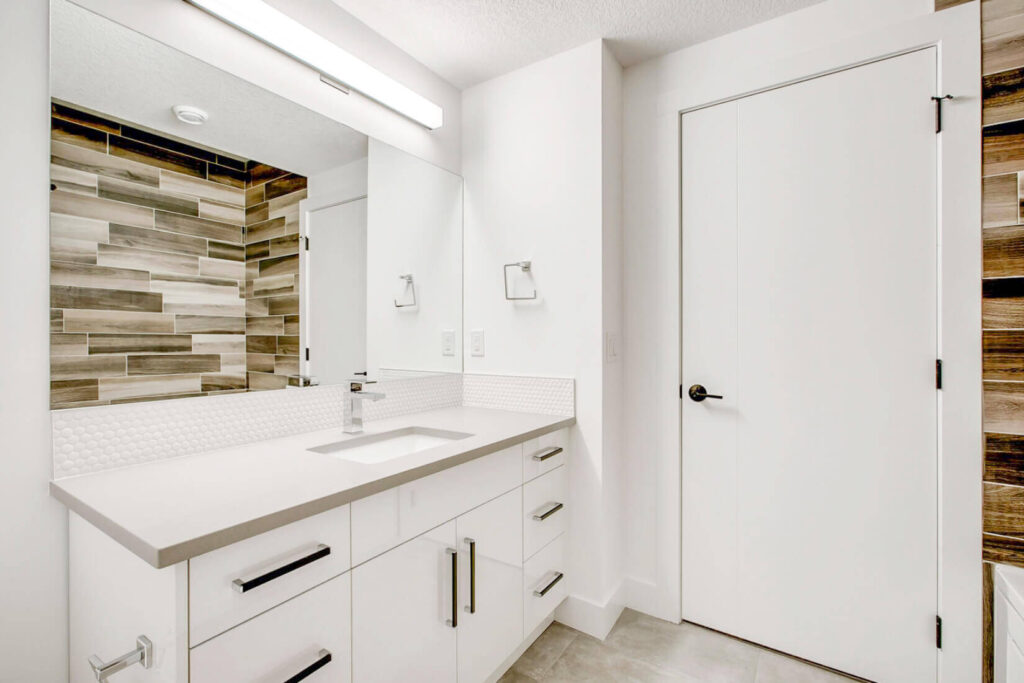
Laminate’s versatile look and affordability make it a cost-effective way to establish different aesthetics – from luxurious and elegant to boho chic. These surfaces are also very easy to maintain. A soapy washcloth or sponge is all you need to clean up after meal prep.
Conclusion
In the quest to create the perfect bathroom vanity, the choice between quartz and solid surface materials ultimately comes down to your specific needs, preferences, and budget.
If you prioritize a luxurious appearance, exceptional durability, and are willing to invest in a higher-end option, quartz may be the ideal choice. With a range of colours and patterns, as well as excellent resistance to scratches and impacts, quartz countertops can elevate the aesthetic of your bathroom while providing long-lasting performance.
On the other hand, if budget considerations are at the forefront and you are looking for a versatile, budget-friendly option with customizable designs, solid surface materials, such as laminate countertops, might be the right fit. Their lightweight nature, easy maintenance, and variety of styles make them an attractive option for those seeking cost-effective solutions without sacrificing aesthetics.
Whether you lean towards the timeless elegance of quartz or the budget-friendly flexibility of solid surface materials, it’s essential to weigh the pros and cons based on your daily habits, design preferences, and the overall vision you have for your bathroom space.
Before making a final decision, consider visiting local suppliers, getting quotes, and exploring material samples to ensure that your choice aligns perfectly with both your aesthetic goals and practical requirements for a bathroom vanity that stands the test of time.

